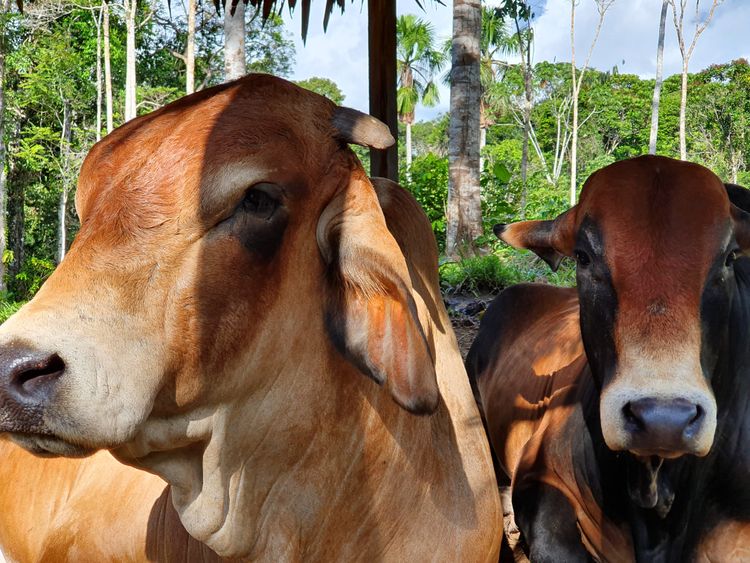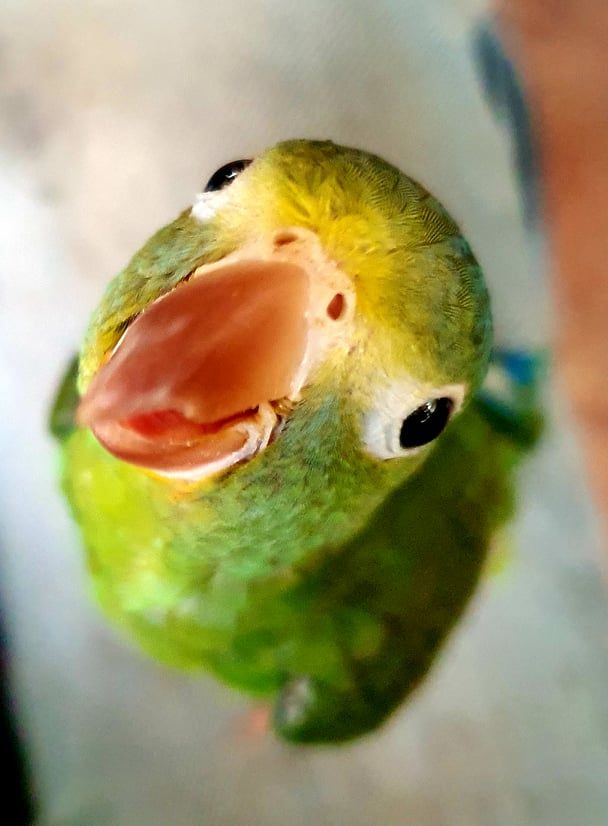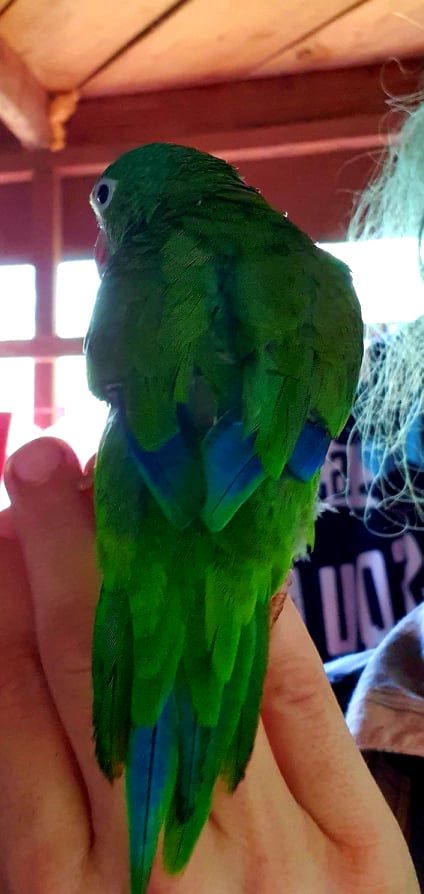Two Flat-Headed Turtles Rescued

Two flat-headed turtles have been rescued and set free into freshwater. The first turtle was rescued in December 2020, when a lady from a nearby village brought it up to the NGO headquarters asking for help as her dog caught it and was chewing its shell. Although badly damaged, it didn’t look like the dog’s teeth penetrated all the way through the shell. Just to be sure we decided to keep the turtle and observe it for a few days to determine should we take it to the vet or release it. The turtle, no more than 10 cm in length, was not in distress or showing any signs of impaired health, and she a had good appetite. So we released it into the stream on NGO land.
The other one was brought to us in June 2021, by kids from the village, who have been keeping it as a pet for a while, saying they don’t want to take care of it anymore. It was almost a full-grown adult of 15.5 centimeters in a good state of health. So we have immediately released it into the stream which runs through our headquarters.
Platemys platycephala, or flat-headed turtle known by its common name of twist-headed turtle, is common throughout the Amazon basin and is found in shallow temporary ponds within the forest. Local people call it charapa or charapita de altura. They are basically aquatic but spend a significant amount of time foraging for food on land.
Adults reach up to 17 centimeters in length. Charapitas de altura are one of the smallest species of turtles in the Amazon. Their flattened chocolate brown carapace has a very distinctive double keel and a groove down the middle. They are omnivores, mating takes place year-round and females lay 4 to 6 eggs.
Because they are so small and it is difficult to spot them in the jungle and find them in sufficient numbers, locals don’t eat them. Usually, they are kept as pets.





Member discussion